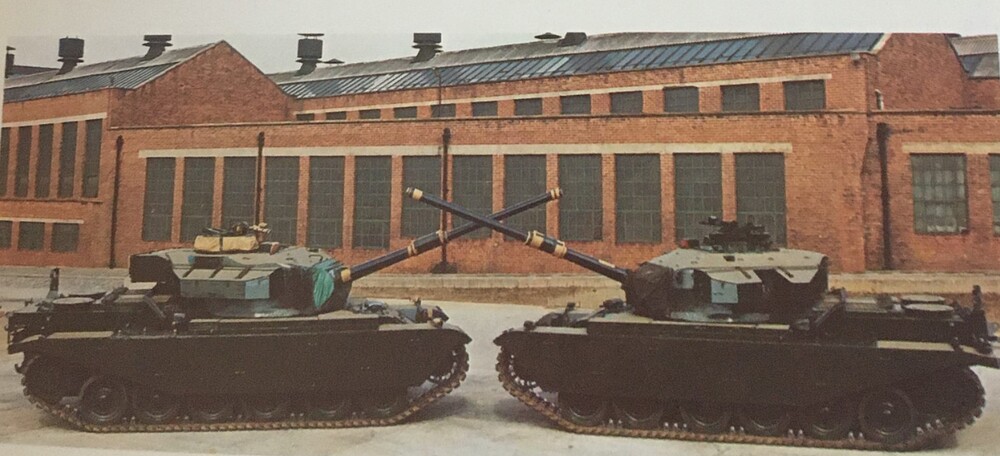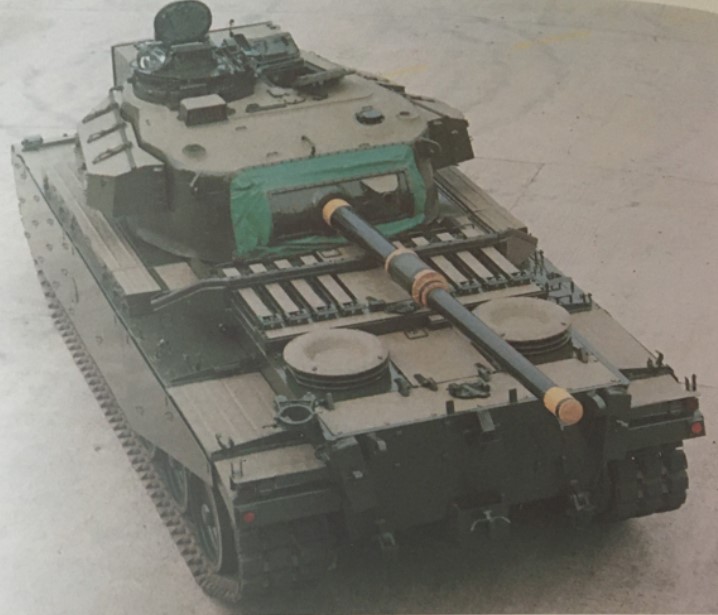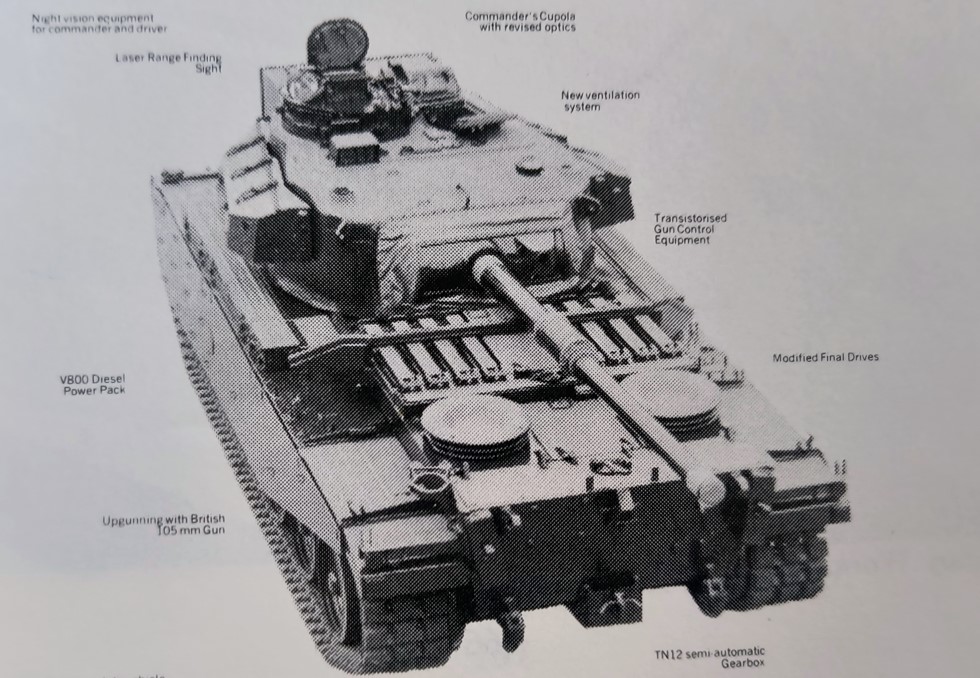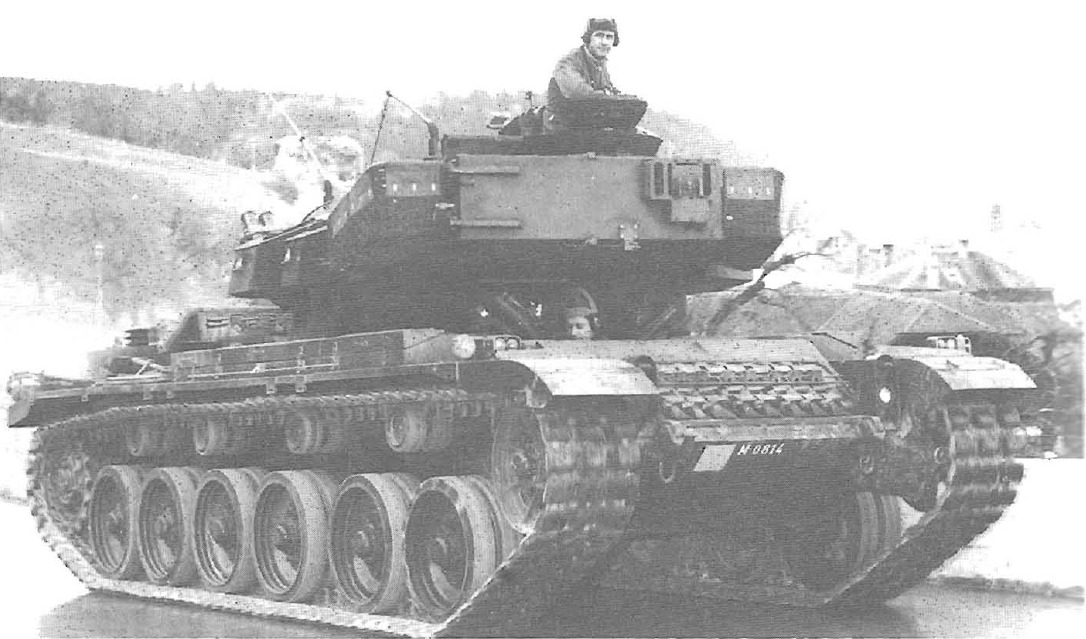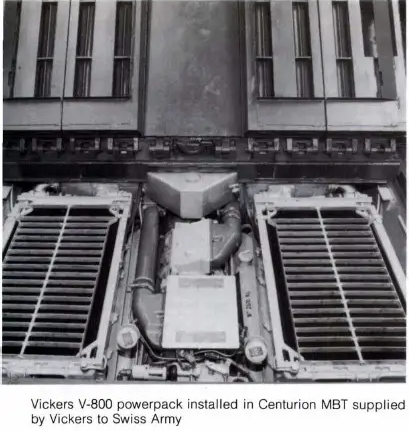- Yes
- No
Introduction
The British Centurion tank, first developed at the close of the Second World War, became one of the most successful and influential post-war main battle tanks. Its origins trace back to 1943, when the British Army sought a “universal tank” capable of replacing both infantry and cruiser tanks. The first prototypes, designated A41, were completed in early 1945 and delivered to Germany shortly after the war ended. Though it missed combat in Europe, the Centurion quickly established itself as a highly capable platform, combining armour, mobility, firepower, and adaptability. The initial Centurion Mk 1 & 2 were armed with a 17-pounder gun, but subsequent models, from the Mk 3, mounted the 20-pounder, and later the well-renowned L7 105 mm gun, which gave the tank exceptional staying power in service.
The Centurion went on to serve with the British Army, and was Britains most successful export vehicle in the post-war years, serving with numerous other nations around the world. It saw action in the Korean War, where it gained a reputation for reliability in difficult terrain, in Vietnam with the Australians, and later in Middle Eastern conflicts, such as with Israel during the Six-Day War and Yom Kippur War. By the 1960s and 1970s, the Centurion had become one of the most widely exported Western tanks, with over 4,400 units produced and sold to countries including Australia, Canada, Sweden, South Africa, India, and more. Even after Britain phased out the Centurion in favour of the Chieftain in the late 1960s, upgraded versions remained in frontline service abroad, with South Africa operating the Olifant Mk 2, a heavily upgraded Centurion, as their frontline MBT today.
By the 1970s, though the tank had been extensively developed from its 1940s roots, the Centurion design was starting to show its age, still powered by the WW2-era Meteor engine, which was lacking in power compared to modern designs, and rather fuel-inefficient. However, it was clear that the Centurion as a platform still had headroom for upgrades and potential for an extended service life, which would be an appealling choice for the many operator nations of the Centurion, as opposed to buying a full new fleet of MBTs. As such, many nations started Centurion upgrade programs, leading the the Israeli Sho’ts, the South African Olifants, and the Swedish Strv 104/105.
The variant being discussed in this suggest is the Vickers Retrofit Centurion (1980). The manufacturers of the Centurion were not to be outdone by foreign nations, and this was an early British attempt at revamping the ageing Centurion. Offered as both a retrofit package for existing customers and as a complete vehicle for new customers, the Vickers Retrofit Centurion (1980) includes an upgraded engine, the General Motors Diesel 12V-71T 750hp, coupled to a new semi-automatic TN-12 gearbox, as well as a laser rangefinder, new gunners sight, new commanders cupola, and upgraded gun control and stabilisation systems. Being an export-targeted vehicle from the 1980s, the Vickers Retrofit Centurion (1980) would also be able to fire first generation APFS-DS, like DM23, C76A1, and L64A4, meaning this would be very unique among British Centurions.
This is all offered on the Centurion Mk 5 platform as a base, and the package was primarily aimed at Sweden and Switzerland, two nations with significant Centurion fleets. Overall, the Vickers package saw little success, with nations opting to upgrade their own fleets, often using the same or similar modifications as the combat-proven Israeli upgrades.
Specifications
Spoiler
ENGINE
- Type: General Motors Diesel 12V-71T 750hp
DIMENSIONS
- Length over hull: 24ft 9.5in (7.56m)
- Length, gun forward: 32ft 3in (9.83m)
- Length, gun in crutch: 28ft 3in (8.61m)
- Overall width: 11ft (3.35m)
- Height, cupola door closed: 9ft 7.75in (2.89m)
- Width, side plates fitted: 11ft 1in (3.378m)
- Width, side plates removed: 10ft 9in (3.276m)
- Ground clearance: 1ft 8in (0.508m)
- Weight: 50 tons
- Track width: 24in (609.6mm)
PERFORMANCE
- Maximum speed (road): ~30mph (48kph)
- Maximum gradient: 30–35 degrees
- Vertical obstacle: 3ft (914mm)
- Trench: 11ft (3.35m)
- Wading depths:
- Shallow: 4ft 9in (1.45m)
TRANSMISSION
- Type: TN12 Semi-Automatic
ARMAMENT
- Main: L7 105mm
- Additional: .30in Browning coaxial machine gun, belt fed, air-cooled.
CREW
- Four: commander, driver, gunner and loader/radio operator
AMMUNITION
- APDS, HESH, Smoke, potentially APFS-DS
Images
Sources
Spoiler
The Vickers Tanks, From Landships to Challengers, Christopher F. Foss & Peter McKenzie (excerpt available here)
British Army Equipment Exhibition 1980 Publication (excerpt available here)
The Centurion Tank, Bill Munro
Centurion Universal Tank 1943-2003, Simon Dunstan
CENTURION in action, Stephen Dunbridge
The CENTURION TANK in Battle, Simon Dunstan
